It’s been just a couple days since I finished the Iseji Route on the Kumano Kodo. To give a proper introduction to the trail, it is a series of pilgrimage routes that span 5 different routes. Nakahechi is the most popular and one of the shorter routes. Omine Okugake looked interesting, but this trail barely passed through any towns and was fairly dangerous. Hiking solo and without the right equipment didn’t seem like the right choice. I chose the Iseji Route, as it is longer but at the same time you have the ability to stay at local guesthouses and hotels each night.
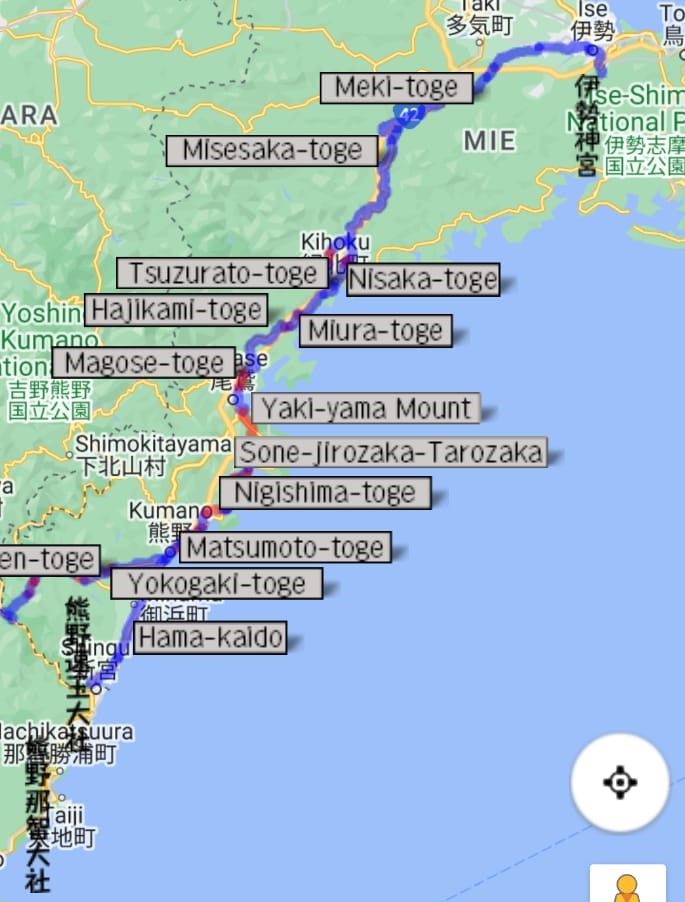
To be honest, I didn’t do as much research or planning as much as I should. I planned my hike literally a week before departing. I found a blog that had a 7 day week route, and I followed that literally step by step, including booking accommodations with the same places that blogger had stayed at. The week before I spent calling the different accommodations trying to book places. Out of the 7, only 3 of them spoke English, and I was able to complete those bookings. The rest I had to book along the way with assistance of those I met along the way.
It worked out well though and I luckily had no issues.
1) The Kumano Kodo was quite a different pilgrimage experience than the Camino de Santiago
I really shouldn’t have expected the trails being at any way the same, as they’re in different countries, different parts of the world and completely different cultures. However, the Kumano Kodo is labeled as a “sister trail” to the Camino de Santiago. Upon planning and starting the trail, I was viewing it through the lens of my experiences walking the Camino a few years back.
This trail was completely different. First of all, I met only one other pilgrim doing the trail the same time as me, compared to hundreds on the Camino. The Iseji route had much more “toge” or mountain passes that you had to climb, and was a fair amount more based in forests compared to the Camino.
The Iseji route was poorly marked in my opinion. There were many parts that were not adequately marked, and without an app (like the one I used) or a map, you would have no clue where the next part of the trail was. I literally was checking my phone probably every 10 minutes to make sure I was on the right part of the trail. The only part where the trail was well-marked was on the mountain passes. Throughout the majority of the passes, there were constant signs pointing you in the right direction (although many were in Japanese, so if you can’t read Japanese… good luck!). Much of the time I was using Google Translate to read the signs.
While poorly marked, the trail was absolutely beautiful and scenic. Walking through multiple forests, mountain passes, along the sea and through small towns, the trail definitely did not disappoint.
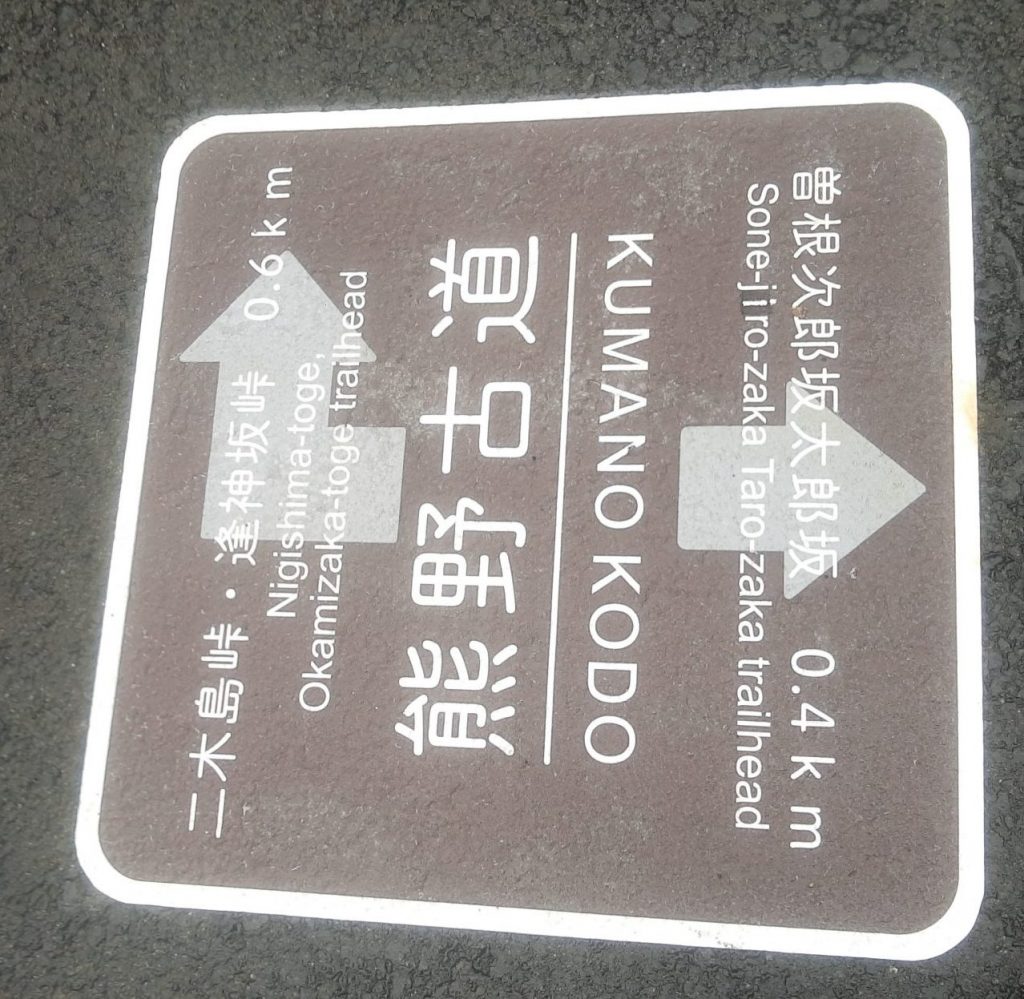
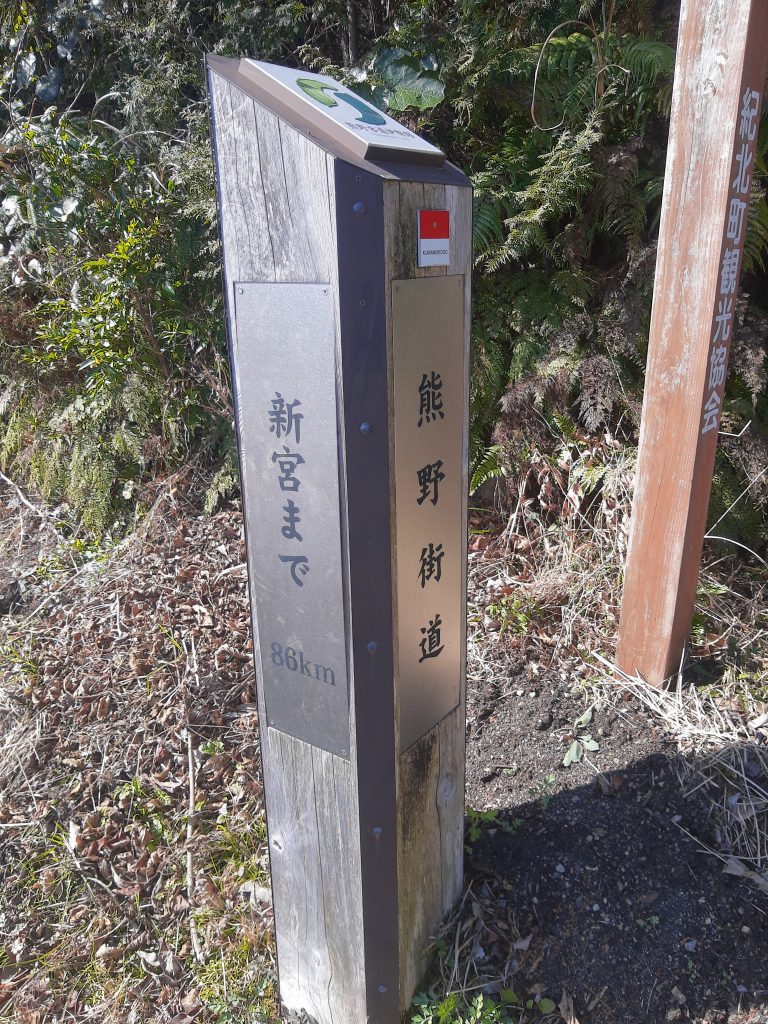
For many of the monuments, this was the same as well – very few signs were in English. Luckily Google Translate was there for the rescue!
2) Staying at Guesthouses Gives A Good View to Japanese Food, Drink & Culture
While walking the Kumono Kodo, I stayed at local guesthouses for the majority of my week. I got to meet hosts who would cook and provide me guidance for the trail. To say I ate like a king would be an understatement. The food ranged from locally caught fish, sushis to sakes and deserts. I’m not a huge seafood fan, but the fish, seal and sushi were really good.
Upon arrival each day, my hosts would welcome me and then prepare my bath. I was able to sit and soak in a hot bath and let my tired legs and feet relax.
The guest rooms have sliding doors, with a separate toilet and bath area. Each room has a heater, as it does get cold at night this time of year. As for the bed, it is a mattress laid on the floor. It was pretty comfortable, although the pillows were generally flat and harder. I guess though, my body didn’t care after walking 20+ km each day.
If you want to experience Japanese culture firsthand, I would recommend staying at a guesthouse.
3) Pure solitude
This trail was truly off the beaten path. There were a few days where I saw literally no other hikers or locals on the trail. I had the chance to be completely alone both in physical and in my mind. Was that always easy? No. I like my alone time for sure, but there were many hours alone on the path.
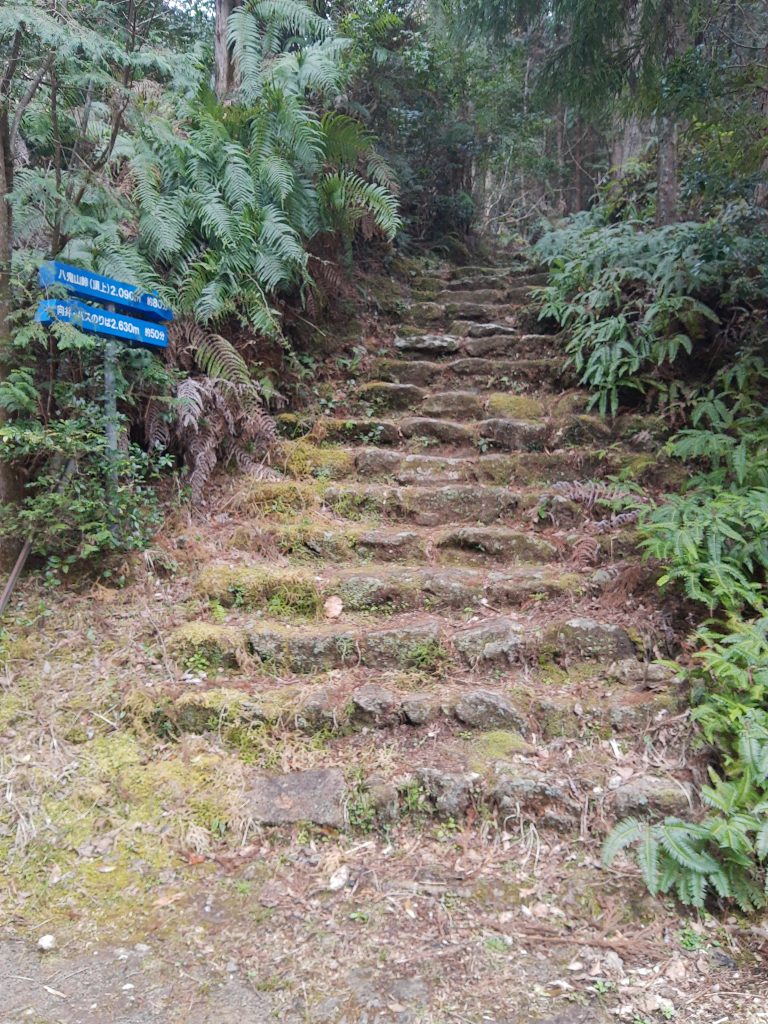
4) The Japanese barely speak English and it Reflected on the Trail
If I were to have chosen a place to learn the local language, Japan would be the place. Unlike many countries in Southeast Asia, very few Japanese speak English, especially in the rural areas. On more than one account, I’ve had to conduct entire conversations in Google Translate.
I indicated this earlier about route markings, but it made things more challenging. While most Japanese can’t speak English, they make up for it with their kindness and politeness. The majority of those I’ve met have been super kind and friendly to me, even though I can barely speak a few words of Japanese.
I don’t and would not expect the Japanese to have to learn English, as in the US many (not all, of course) are not willing to learn a second language, but this more of an observation than anything. Again, Google Translate worked miracles.
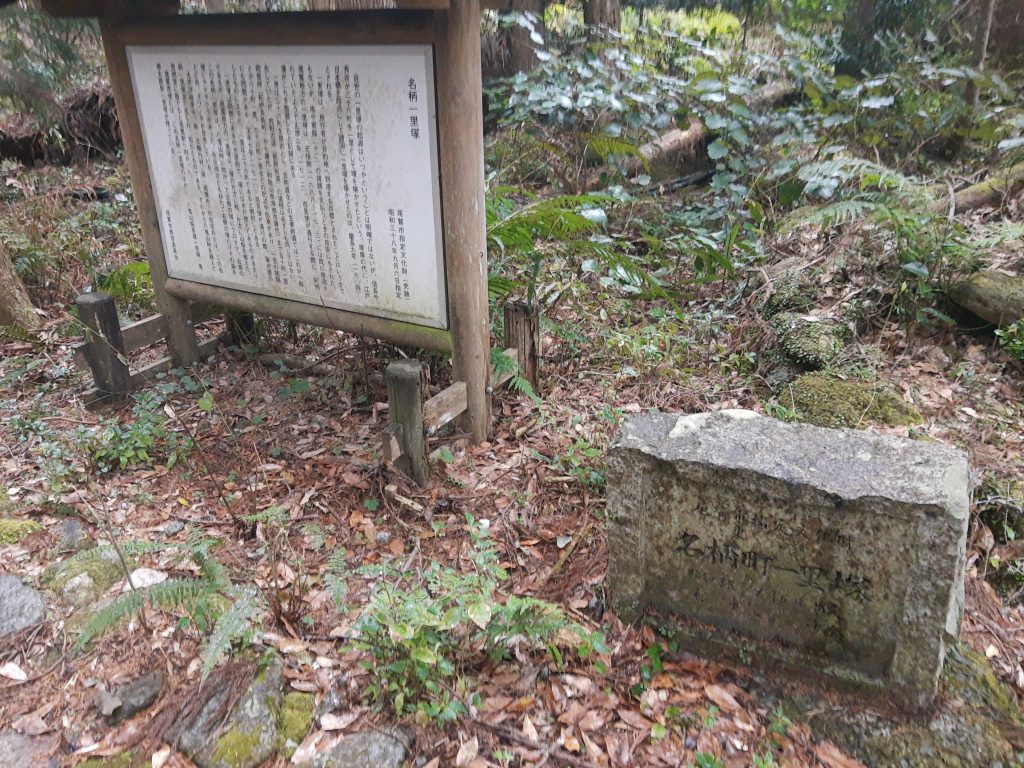
5) It was really neat to experience rural Japan
I’ve been to Japan before and have seen the major cities: Tokyo, Kyoto and Hiroshima. I realize there is much more for me to see in this amazing country, however I felt I got the city feel and that could easy feel like any other city out there. Yes, there is Japanese food and culture in the cities, but it is a lot harder to connect with the people. The Kumano Kodo helped me slow down and be able to get to meet the locals and live at the slower pace of town life.
Not only that, but it was neat to see their houses and Japanese architecture.
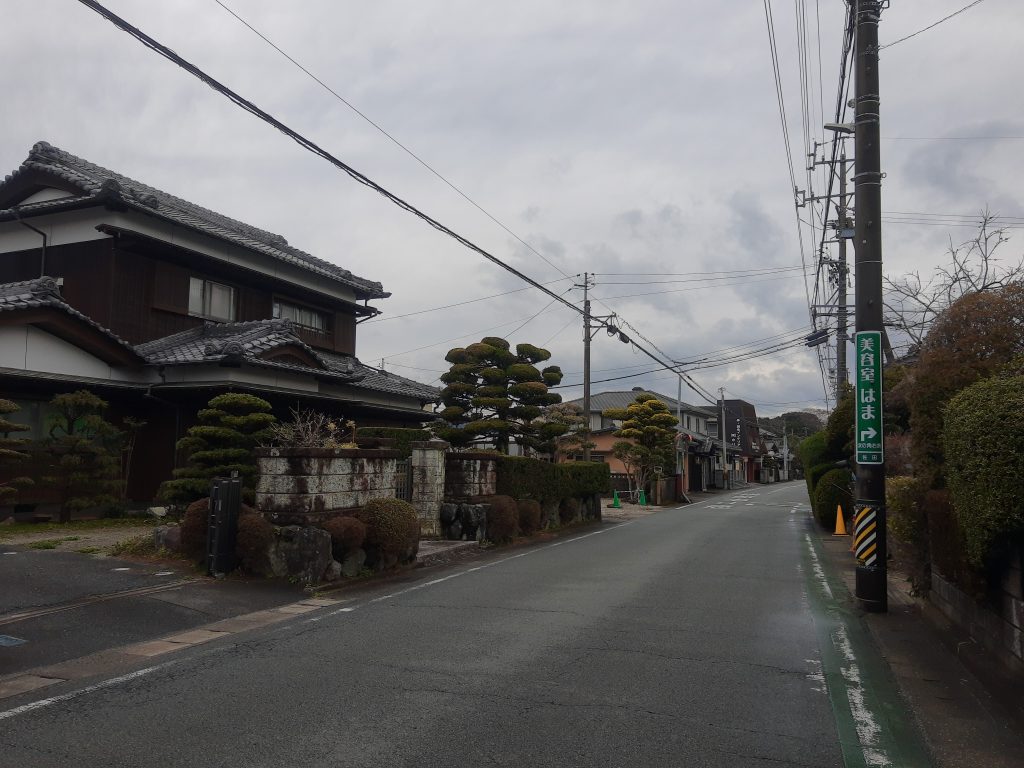
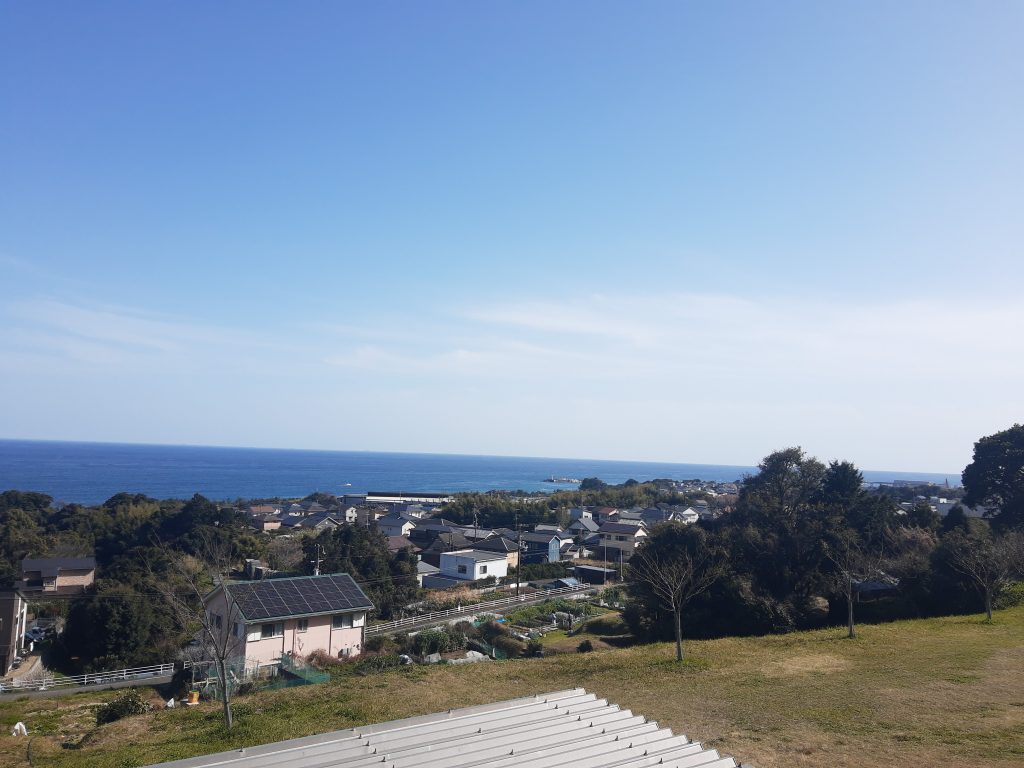
6) I really enjoyed seeing the coast
What surprised me the most about the Iseji Route (again with my lack of research), was how much of the time I was walking near the sea. It was a welcome surprise, as the were many beautiful vistas I was able to see along the way. This heavily influenced the food I had along the trail, as much of the food served was seafood.
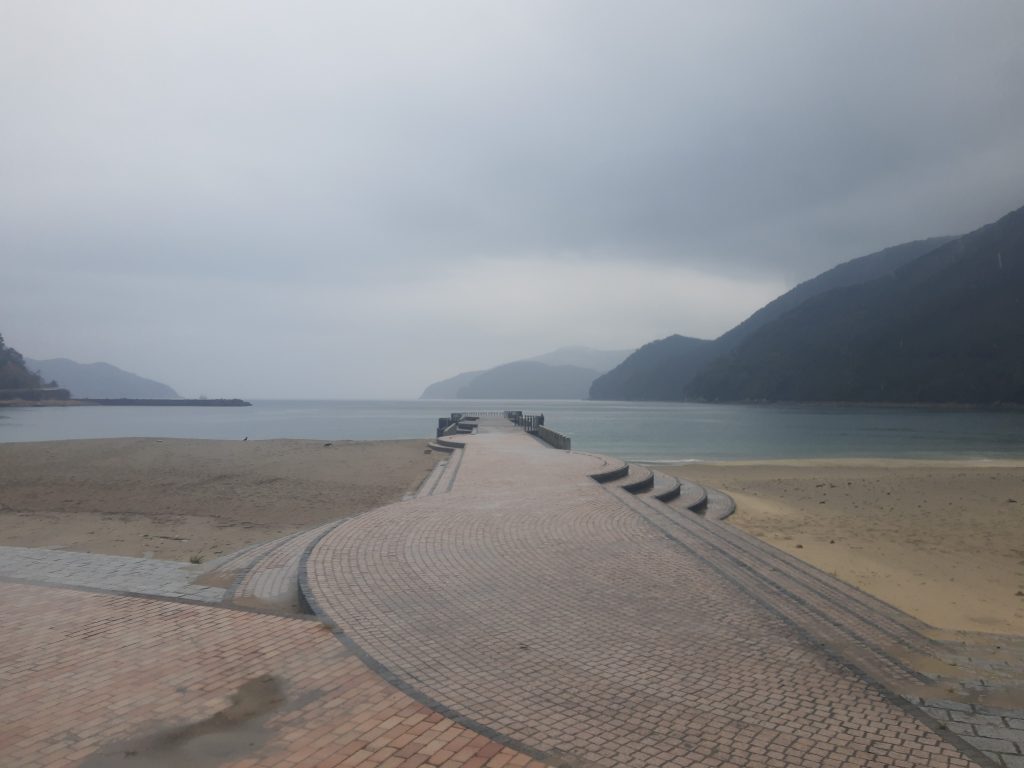
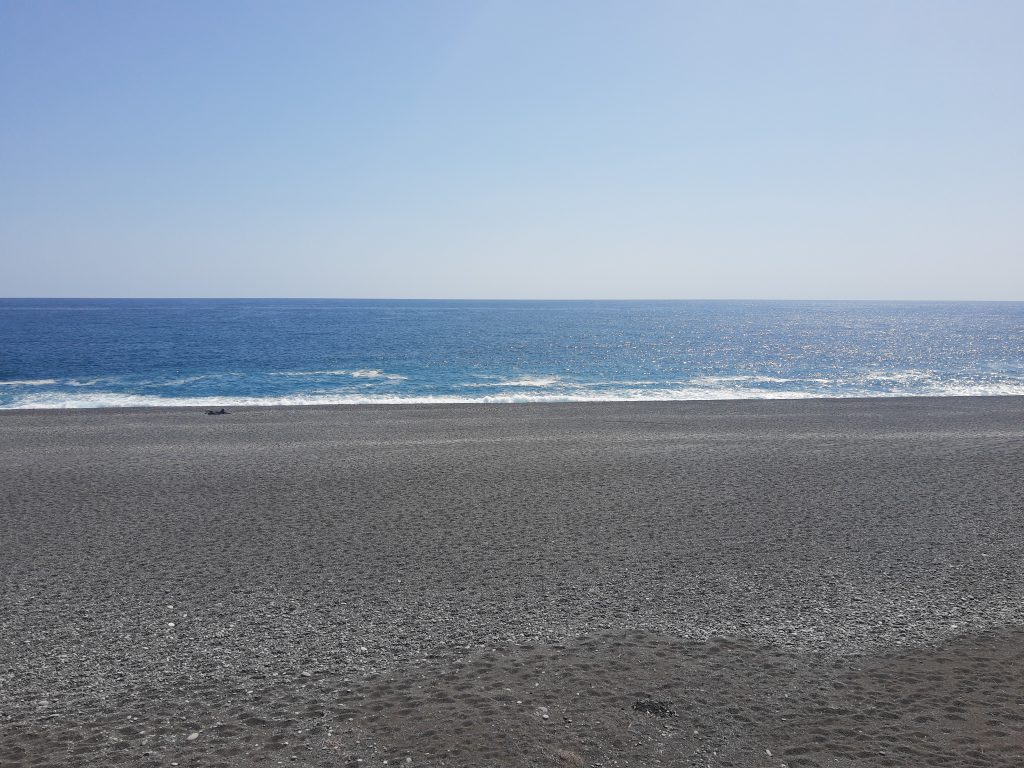
7) Temples, Temples and More Temples!
The Kumano Kodo is a pilgrimage route, so no surprise there is a religious influence. This one is focus on natural worship. Along the way, I stopped by countless numbers of temples from big to small. The Iseji Route itself is connected between two large shrines. Aside of temples there were also many monuments to fallen pilgrims who from I could tell could have passed along the trail.
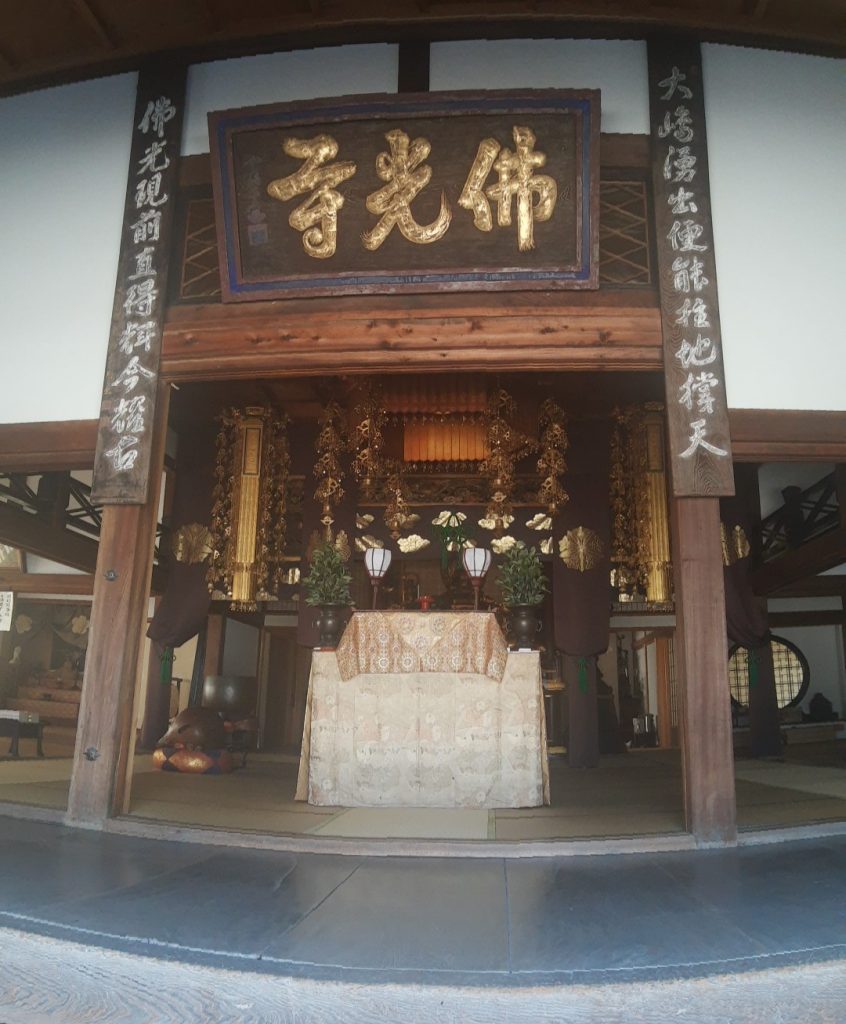
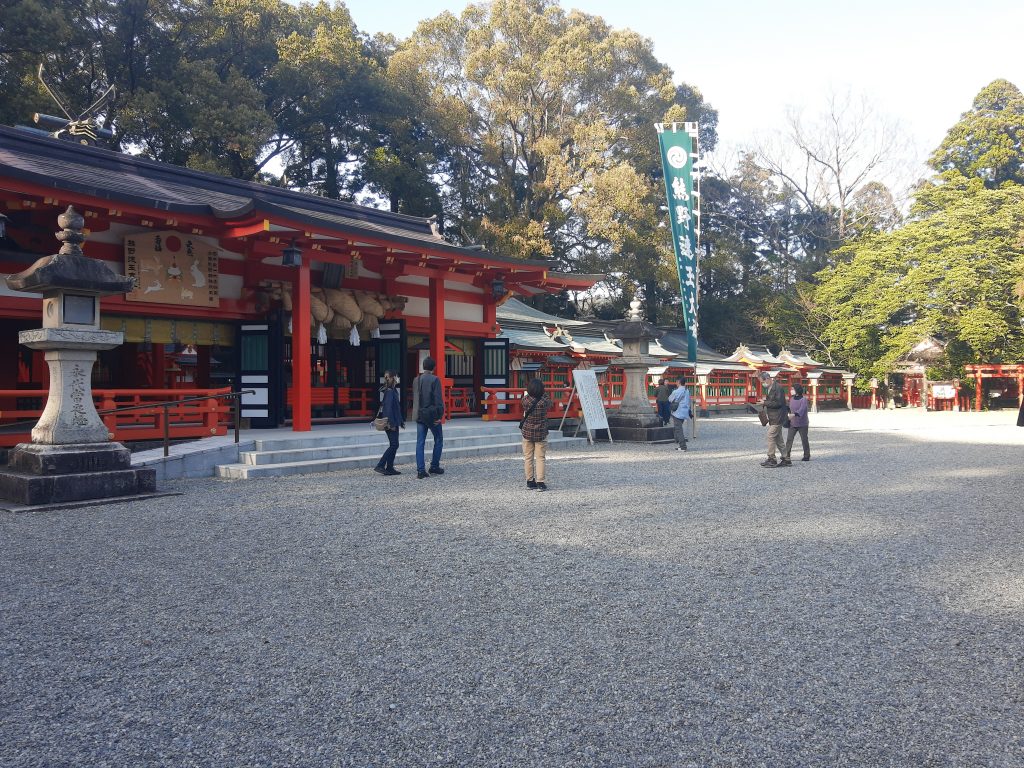
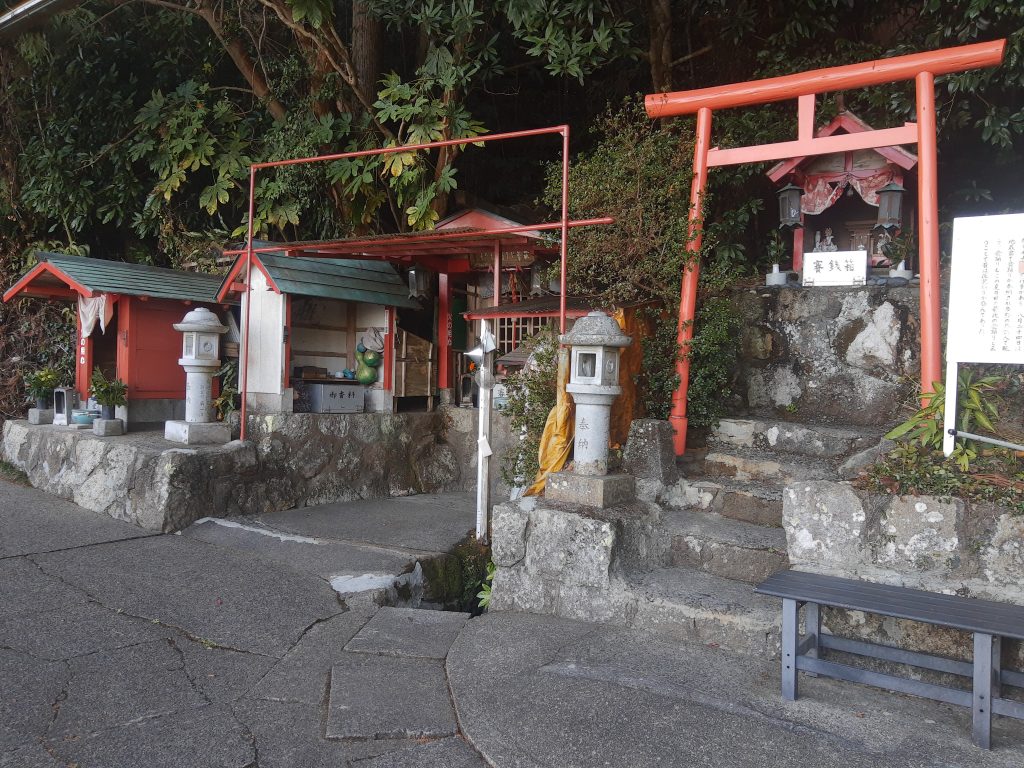
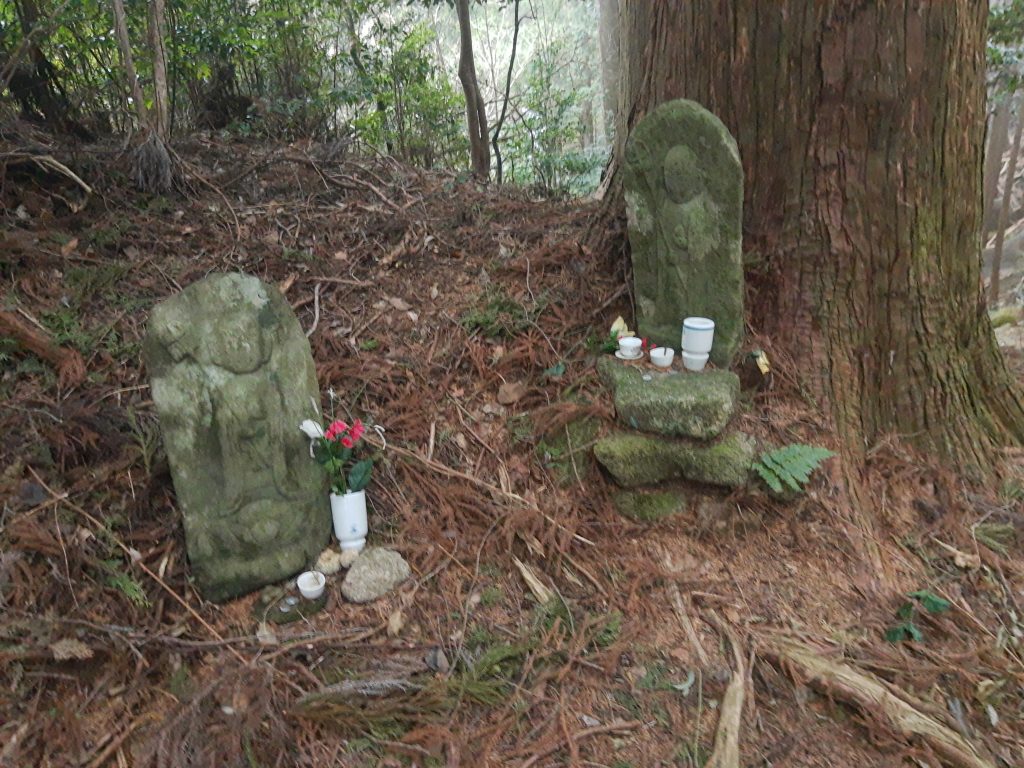
To conclude…
I feel so lucky and blessed to have had this opportunity to walk the Kumano Kodo. This inspires me to do more walks in the future, as I feel long walks allow you to slow down and really get to know an area. I will definitely return to Japan at some point soon!

It was a wonderful experience as I read through your solo hiking at Komado kodo trail. Is this the shortest trail? Have you hike at Mountain Kinabalu before located at East Malaysia Sabah. The altitude is 4095 meter and how hard Komado trail?
How many days do I need to finish Iseki route? I used to brisk walk daily for 7 km , I guess this is not so bad if I have train beforehand.
Your great pictures inspired me! Thanks for sharing.
Thank you for your comment and for reading! The Iseji Route is considered as one of the longer treks at around 170km. My hike took 7 days, but I was averaging about 25-27km a day of walking, which you’ll have to confirm if that is at your comfort level. I’ve seen some other people blogging about doing it in 14 days, so I think it really depends how far you want to walk everyday.